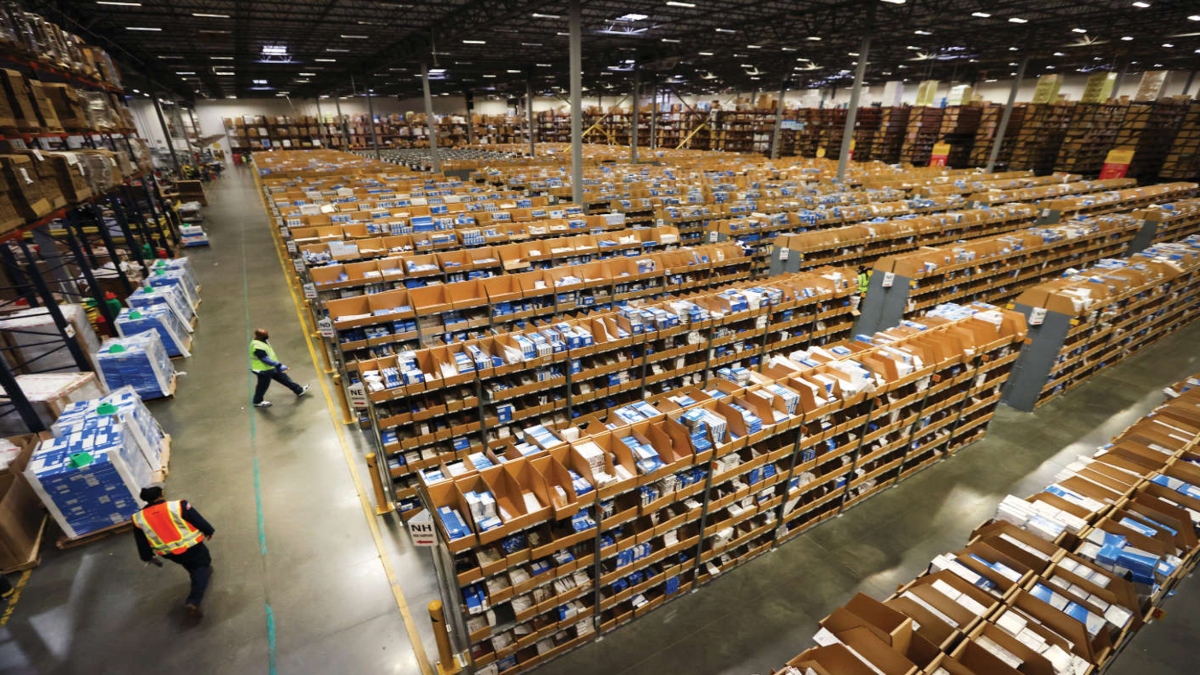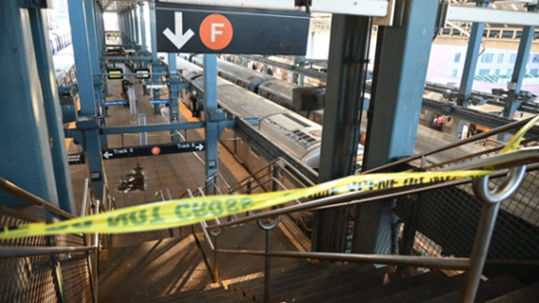Global supply chain management has surely evolved throughout the years. The role of supply chains in promoting productivity has increased in significance as modern business operations become more fast-paced. Moreover, with the advent of automation, AI, and data analytics, supply chain processes can now be more streamlined than ever. However, benefits can only be seen in companies that are embracing digital transformation.
With this in consideration, adoption laggards were caught struggling when the covid-19 pandemic hit. 56% of retailers experienced moderate disruption from the pandemic. With recent digital innovations and the current state of the economy, one might wonder whether their company can keep up or not.
One would be surprised to know that only 32% of global retailers stated that they underwent little disruption and almost 56% re-negotiated their contracts. Supply-chain disruptions cost the average organisation 45 percent of one year’s profits over a decade.
The latest pandemic and the crisis around it exposed the vulnerabilities of supply chains engineered primarily for cost and speed. These global supply chain models were not flexible enough to detect and quickly respond to volatile changes in supply and demand, thus leaving decision-makers flatfooted and unable to adapt as conditions changed daily.
Some of the challenges which came up blatantly face-to-face for the SCM leaders to counter include:
Product Availability – companies are diversifying supplier bases as there is a shortage of raw materials and other things. The labour shortage is another problem. Dealing with high prices, and future investments have in some way or the other affected nearly every retailer, supply chain logistics firm, and e-commerce store, and has led to various changes to inventory and supplier management.
The economic and business environment also posed significant challenges, which were met by global management teams, which became increasingly important as the business became more international and often global in recent years. To the reduction of traditional barriers to the cross-border movement of products, services, capital, people, and information. Most industry professionals (70%) predict that the supply chain will be a key driver of better customer service before the end of 2020.
The third was the environmental impact of logistics and supply chain activities. The factors that increased supply chain spending in 2018 were cutting costs (25%), SCM automation (25%), and market expansion (23.7%). These were followed by data and analytics (6.6%), customer service (4%), adding new talent (4%), ecommerce (2.6%), direct-to-consumer sales (2.6%), and mobile-enabled consumers (1.3%).
Despite some easing in recent months, international shipping costs are likely to remain high in 2022. Above all, freight transportation and supply chain processes will continue to change during 2022 as more environmentally sustainable practices are adopted.
Hence, the inference is solid, that businesses must be resilient and capable of adapting to major disruptions so that they can develop long-term strategies and solutions to these complex challenges.
Other recent factors that are having extremely disruptive effects on traditional supply chain practises include the rapid rate of change in consumer behaviors and a highly unpredictable trade and political climate. Almost 64% of retailers were asked to adapt their supply chain for e-commerce. In the past 10 years, e-commerce spending has tripled, and in the first seven months of 2020, there was a 149% rise in online shopping from the previous year. With the growth of e-commerce, there has also been a rise in consumer demand for delivery speed and personalised shopping experiences. The Amazon Effect refers to the increasing expectation for next-day delivery and how that has impacted businesses and logistics networks. To be resilient enough to adapt to these growing demands, supply chain managers have had to make rapid and significant changes to their logistics and warehousing networks and find ways to work with increasing numbers of third-party fulfillment partners.
The rewards of a resilient supply chain are both economic and social. When supplier status and the flow of goods can be monitored in real-time, businesses can better control costs, reduce risks, and maximise throughput more effectively all while meeting sustainability targets. And for businesses involved in pandemic-related production (medicine, personal protective equipment (PPE), cleaning supplies, etc.), the benefits to society at large are extensive. As consumers clamored for covid-19 crisis relief supplies, companies that could respond to spikes in demand in an agile manner reaped significant rewards in terms of market share. Technologies, such as digital twins, the internet of things, and control tower functionality, helped these companies gather real-time insights on supply and demand and then incorporate these findings into daily forecasts and operational dashboards.
RESPONDING TO THE CHALLENGE:
Businesses must navigate the financial and operational challenges prevalent globally while rapidly addressing the needs of their people, customers, and suppliers. By taking the right actions, supply chain leaders can turn massive complexity and supply chain disruption into meaningful change.
• Plan to dual source raw materials.
• Increase critical product inventory.
• Plan for near shoring and expansion of the supplier base.
• Plan to regionalize the supply chain.
• Plan to reduce the number of SKUs in the product portfolio.
Apart from keeping a keen eye on the KPI for supply chain monitoring, supply chain leaders must take data analysis, IoT, and cloud computing as a priority for their organizations.
As they respond to both the immediate impacts of the pandemic and prepare for what comes next, a continuous cycle of risk mobilizing, sensing, analysis, configuration, and operation will help to optimize results and mitigate risks.







